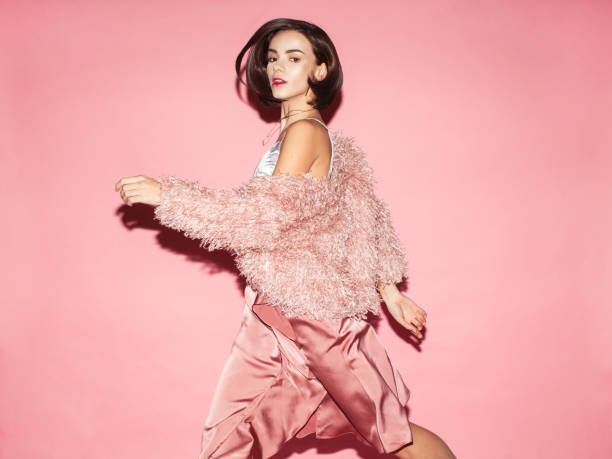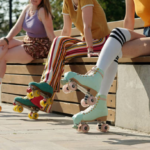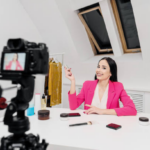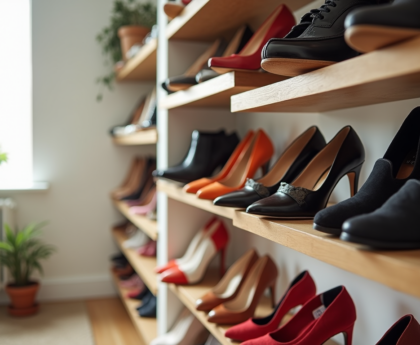Fashion photography is more than just taking pictures of clothes; it’s about capturing a mood, a personality, and an essence that transcends the fabric. The perfect shot in fashion photography requires a blend of technical skill, creativity, and a keen eye for detail. This article delves into what it takes to nail that perfect fashion shot and the various elements involved in making it happen.
Understanding the Importance of Lighting

Lighting is arguably the most crucial element in any form of photography, and fashion photography is no exception. Proper lighting can make or break a shot. It helps to highlight textures, colors, and the subtle details of the attire. There are different types of lighting to consider:
- Natural lighting for outdoor shoots
- Studio lighting with softboxes and reflectors
- Colored lighting for artistic effects
Natural lighting is often preferred for its authenticity and brightness, while studio lighting allows for greater control over the environment. Experimenting with different lighting setups will provide a range of effects that can add depth and dimension to your photos.
The Role of Location in Fashion Photography
The backdrop against which fashion is photographed can significantly influence the final outcome. A well-chosen location can enhance the theme and narrative of the photoshoot. For instance, an urban setting may add edginess to casual wear, whereas a picturesque landscape can lend a romantic feel to formal attire.
Scouting and selecting the right locale requires planning and a keen sense of the aesthetic and thematic elements you wish to convey. It’s about harmonizing the location with the fashion pieces and ensuring they complement rather than compete with each other.
Styling and Wardrobe Coordination
Styling in fashion photography goes beyond simply picking out clothes. It involves coordinating the wardrobe with accessories, hairstyles, and makeup to achieve a cohesive look. The goal is to tell a story that resonates with the viewers and makes the fashion come alive.
Professional stylists work closely with photographers to ensure every detail aligns with the vision for the shoot. They consider the colors, textures, and fit of each item, as well as how these elements interact on camera under different lighting conditions.
Posing and Composition
Posing is a critical aspect of fashion photography. The way a model poses can dramatically alter the perception of the clothing and the overall mood of the shot. Effective posing involves a mix of natural and dynamic postures to highlight the best features of the attire and the model.
Composition, on the other hand, refers to how the subjects and elements are arranged within the frame. A balanced composition guides the viewer’s eye and adds to the narrative of the photograph. It includes considerations like framing, angles, and the rule of thirds to create a visually appealing shot.
Post-Processing and Editing
The process doesn’t end once the photoshoot wraps up; post-processing and editing are essential to achieving the perfect shot. Basic adjustments like color correction, exposure, and contrast enhancement can make a substantial difference.
Advanced editing techniques, such as retouching, background manipulation, and applying filters, can further refine the images. The key is to strike a balance—while it’s important to perfect the photograph, over-editing can lead to an unnatural look.
Conclusion
Capturing the perfect shot in fashion photography is a multi-faceted endeavor that combines technical expertise, creative vision, and meticulous planning. From mastering lighting and selecting the right location to coordinating wardrobe and executing precise post-processing, each element plays a critical role. By paying attention to these details, photographers can produce images that not only showcase fashion at its best but also tell compelling stories that resonate with viewers.
FAQ
What type of camera is best for fashion photography?
Any high-resolution DSLR or mirrorless camera with good low-light performance and fast autofocus capabilities will work well for fashion photography. Popular choices include the Canon EOS R5 and the Nikon Z6 II.
How important is a model’s experience in fashion photography?
A model’s experience can significantly impact the outcome of a photoshoot. Experienced models are usually more adept at posing and understanding the photographer’s directions, which can lead to more successful shots.
Can fashion photography be done with natural light only?
Yes, fashion photography can be effectively done using natural light, especially for outdoor shoots. However, it requires a good understanding of light manipulation and may sometimes require reflectors to fill in shadows or add highlights.
What software is recommended for photo editing in fashion photography?
Adobe Photoshop and Lightroom are industry standards for photo editing in fashion photography. They offer a wide range of tools for color correction, retouching, and other adjustments to achieve professional-quality images.
How can I find the right location for a fashion photoshoot?
Research and planning are key to finding the perfect location. Understand the theme and aesthetic you want to capture and consider venues that align with this vision. Scouting various locations and even taking test shots can help in making the final decision.





